Table of Contents
Introduction
Cardamom and cardamon refer to the same spice. Cardamon is a common misspelling of cardamom. There is no separate spice called "cardamon" - it is simply an incorrect spelling of "cardamom". This article will clarify the spelling confusion and provide accurate information about this aromatic spice.
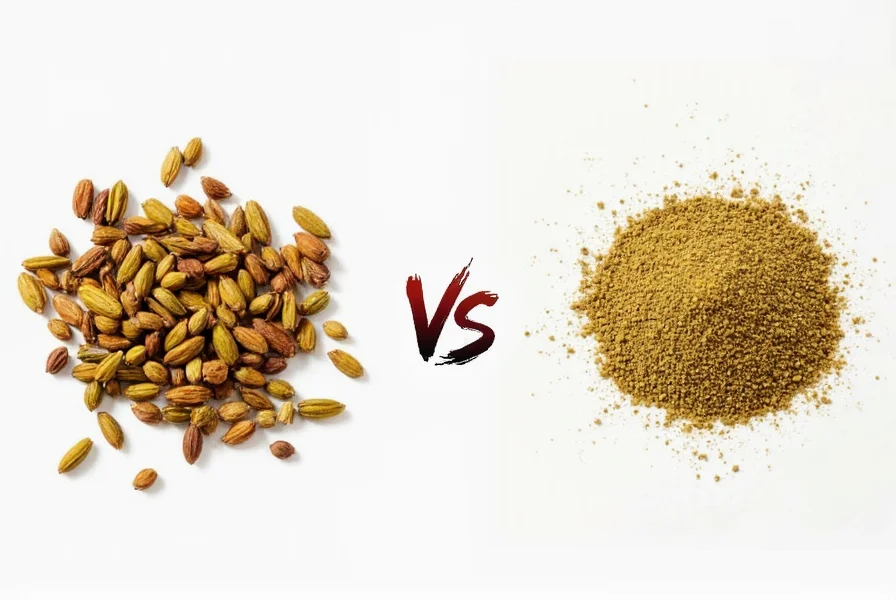
What is Cardamom?
Cardamom is one of the most prized spices in the world, known for its intense, sweet, and slightly citrusy flavor. It's often referred to as the 'queen of spices' due to its high value and distinct aroma.
There are two main types of cardamom:
- Green Cardamom (Elettaria cardamomum): This is the most common variety used in Indian and Middle Eastern cuisines. It has a bright green color and a strong, complex flavor.
- Black Cardamom (Amomum subulatum): Slightly smokier and more pungent, black cardamom is commonly used in Indian and Nepalese dishes, especially in meat and lentil preparations.
Cardamom is widely used in both sweet and savory dishes. You'll find it in everything from chai tea to biryani, and even in desserts like baklava and kheer.
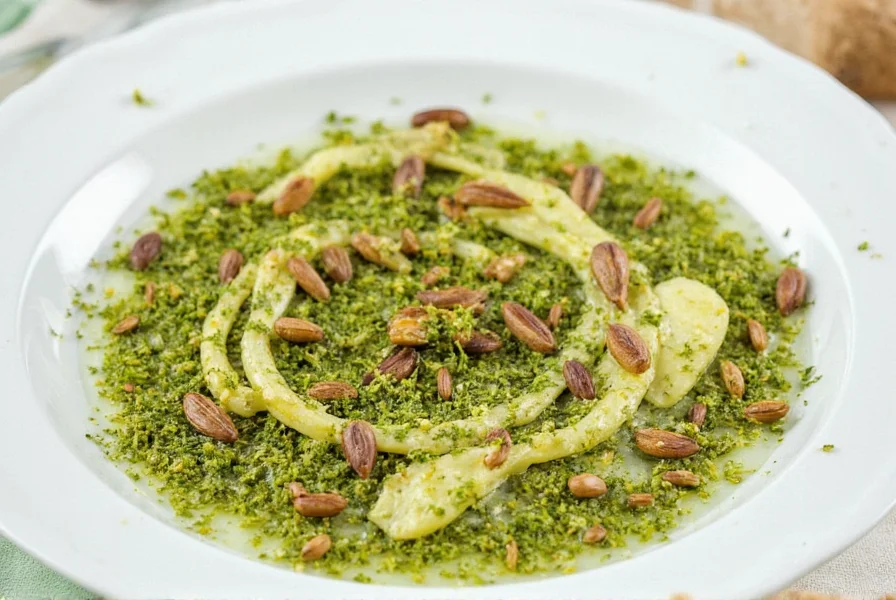
Understanding the Spelling Confusion
The term "cardamon" is a common misspelling of "cardamom." This confusion arises from historical spelling variations and pronunciation differences, but there is no separate spice called "cardamon."
| Aspect | Correct Spelling | Common Misspelling |
|---|---|---|
| Spelling | Cardamom | Cardamon |
| Scientific Name | Elettaria cardamomum (green), Amomum subulatum (black) | Same as correct spelling |
| Origin | India, Sri Lanka, Guatemala | Same as correct spelling |
| Flavor Profile | Sweet, citrusy, floral | Same as correct spelling |
| Usage | Culinary and medicinal | Same as correct spelling |
When you see "cardamon" in recipes or product labels, it always refers to cardamom. The correct spelling is "cardamom," and "cardamon" is simply an error that has persisted due to regional variations and pronunciation differences.
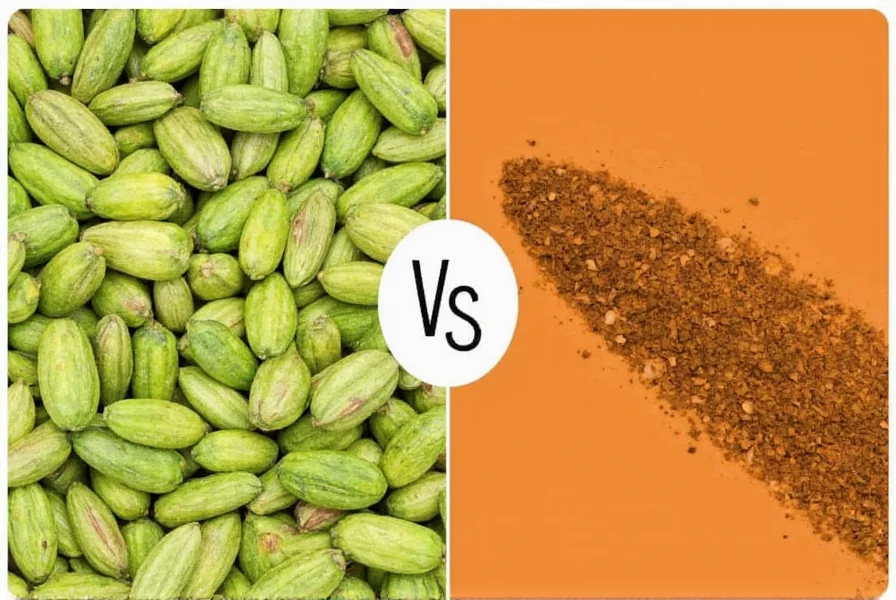
Culinary Uses of Cardamom
Cardamom is incredibly versatile in the kitchen. Here are some popular ways to use it:
- Teas and Beverages: Add whole pods to hot water or milk to make spiced chai or cardamom coffee.
- Baked Goods: Use ground cardamom in cakes, cookies, and pastries for a warm, aromatic flavor.
- Savory Dishes: In Indian cuisine, cardamom is often used in biryanis, curries, and rice dishes.
- Desserts: Cardamom pairs beautifully with nuts, cream, and fruits in desserts like kheer and gajar ka halwa.
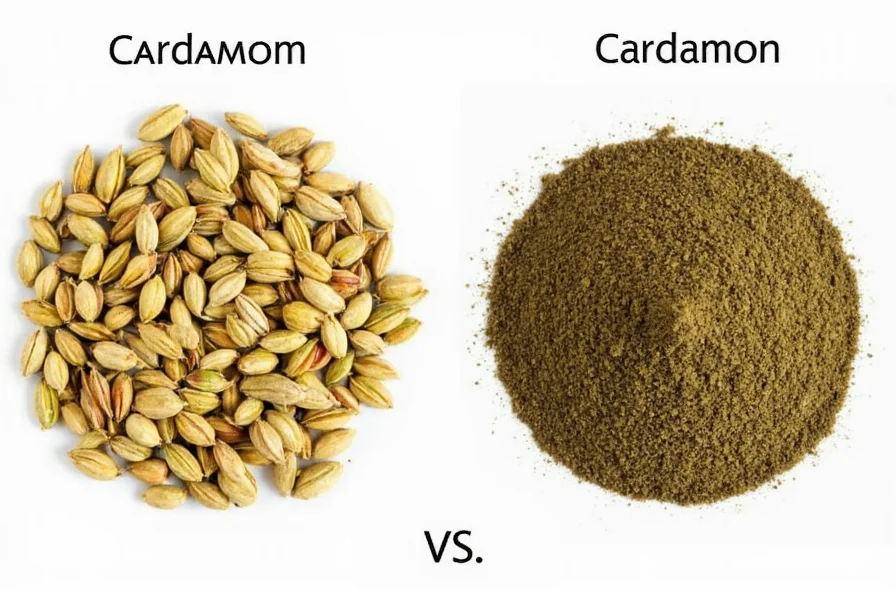
Buying Guide for Cardamom
If you're looking to buy cardamom, here are some tips to ensure you get the best quality:
Types of Cardamom
- Whole Green Cardamom: Best for infusing flavor into dishes. Store in an airtight container away from light.
- Ground Cardamom: Convenient for baking or quick recipes, but may lose potency over time.
- Black Cardamom: Has a stronger, smokier flavor. Ideal for meat dishes and stews.
Where to Buy
- Local Markets: Often sell fresh or high-quality dried cardamom at reasonable prices.
- Online Stores: Look for reputable spice vendors that offer organic or ethically sourced cardamom.
- Supermarkets: Many supermarkets carry cardamom in the spice aisle, though the quality may vary.
How to Choose Quality Cardamom
- Smell: Fresh cardamom should have a strong, sweet aroma.
- Color: Green cardamom should be bright green, not browned or discolored.
- Texture: Whole pods should be firm, not brittle or crumbling.
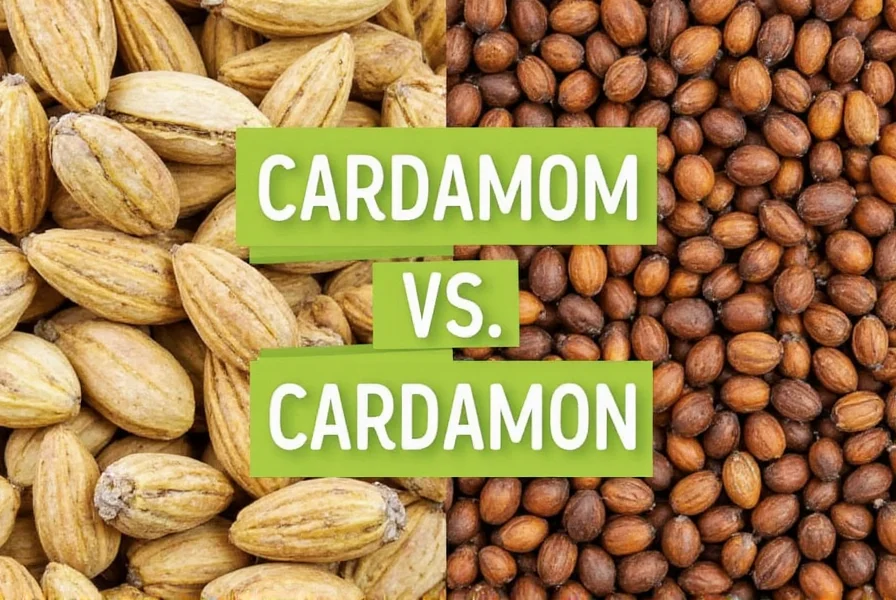
Practical Tips for Using Cardamom
Here are some practical tips to help you make the most of cardamom:
- Toast Before Using: Toasting whole cardamom pods enhances their flavor. Just heat them in a dry pan for a minute or two before crushing them.
- Crush or Grind: For best results, crush the pods with a mortar and pestle or grind them in a spice grinder.
- Use in Moderation: Cardamom is powerful, so a little goes a long way. Start with a small amount and adjust to taste.
- Pair Wisely: Cardamom works well with cinnamon, cloves, nutmeg, and vanilla. Try combining it with other warming spices for a rich flavor profile.
- Store Properly: Keep cardamom in a cool, dark place in an airtight container to preserve its potency and aroma.
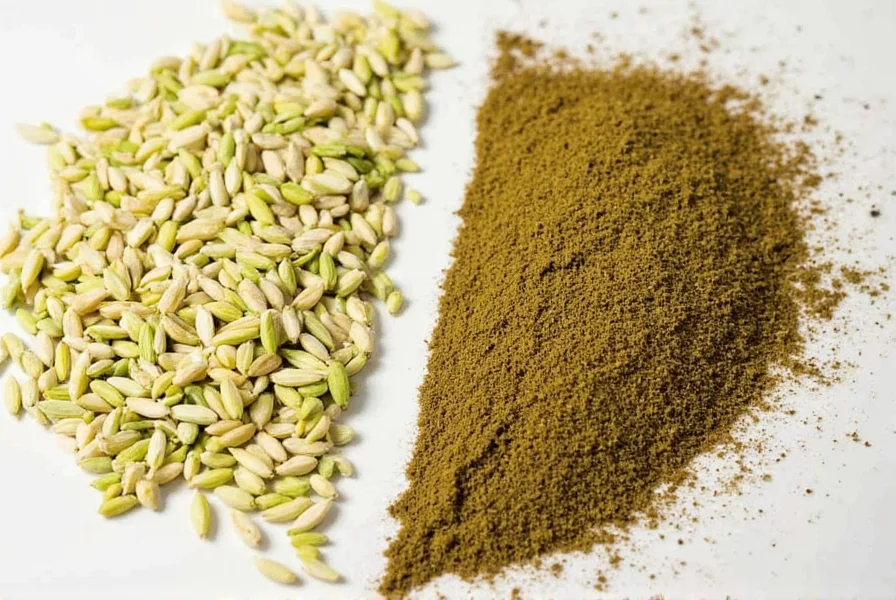
Frequently Asked Questions
Is cardamon a different spice than cardamom?
No, cardamon is not a different spice. It is simply a common misspelling of cardamom. Both terms refer to the exact same spice with the scientific name Elettaria cardamomum (for green cardamom) or Amomum subulatum (for black cardamom).
Which spelling is correct: cardamom or cardamon?
The correct spelling is "cardamom." "Cardamon" is a common misspelling that has persisted due to regional variations and pronunciation differences. Most authoritative sources, culinary references, and dictionaries use "cardamom" as the standard spelling.
Can I substitute cardamon for cardamom in recipes?
Since cardamon is just a misspelling of cardamom, you don't need to substitute one for the other—they're the same spice. If a recipe calls for "cardamon," it simply means cardamom, and you should use your regular cardamom spice.
Why do some recipes use "cardamon" instead of "cardamom"?
Some recipes use "cardamon" due to historical spelling variations, regional differences, or simple typographical errors. In some English-speaking countries, the "cardamon" spelling has been used historically, though "cardamom" is now the generally accepted standard.
Does cardamon taste different from cardamom?
No, there is no taste difference because they refer to the same spice. Any perceived difference would be due to the quality, freshness, or variety (green vs. black) of the cardamom, not the spelling used to describe it.
Where does the confusion between cardamom and cardamon come from?
The confusion stems from how the word was transliterated from its original Sanskrit and Arabic roots into English. Different regions and historical periods adopted slightly different spellings, with "cardamon" being an older variant that persists in some areas despite "cardamom" becoming the standard.
How can I tell if a product labeled "cardamon" is actually cardamom?
Check the ingredient list or product description. If it lists "Elettaria cardamomum" (for green cardamom) or "Amomum subulatum" (for black cardamom) as the scientific name, it's genuine cardamom. You can also look at the appearance—green cardamom should have triangular seed pods with a bright green color.
Is one spelling more common in certain countries?
Yes, "cardamom" is the standard spelling in American English and is increasingly common worldwide. "Cardamon" was more common in older British English texts but has largely fallen out of favor. Some non-English speaking countries might use spellings closer to "cardamon" when transliterating to English.
Should I be concerned if a recipe calls for "cardamon" instead of "cardamom"?
No, you shouldn't be concerned. It's simply a spelling variation and refers to the same spice. Focus on whether the recipe specifies green cardamom (more common in sweets and lighter dishes) or black cardamom (more common in savory, smoky dishes) rather than the spelling used.
Conclusion
Cardamom is the correct spelling of this aromatic spice, while "cardamon" is a common misspelling. There is no separate spice called "cardamon"—it is simply an error that has persisted due to historical variations and pronunciation differences.
Whether you're cooking with green cardamom for sweet dishes or black cardamom for savory recipes, remember that the correct spelling is always "cardamom." The next time you see "cardamon" in a recipe or product label, you'll know it refers to the same wonderful spice.
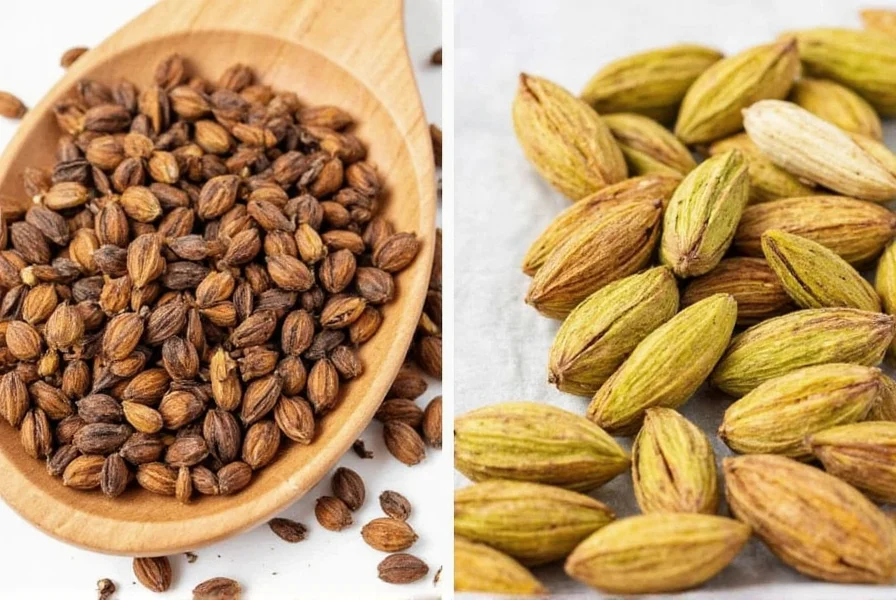
Tip: Always use "cardamom" when writing about this spice. If you see "cardamon," understand it's simply a misspelling of the correct term.

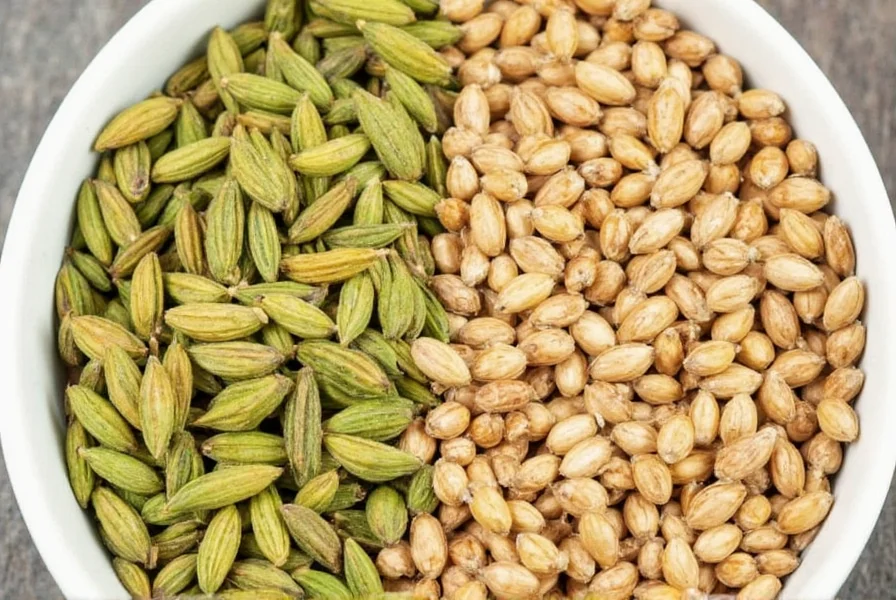









 浙公网安备
33010002000092号
浙公网安备
33010002000092号 浙B2-20120091-4
浙B2-20120091-4